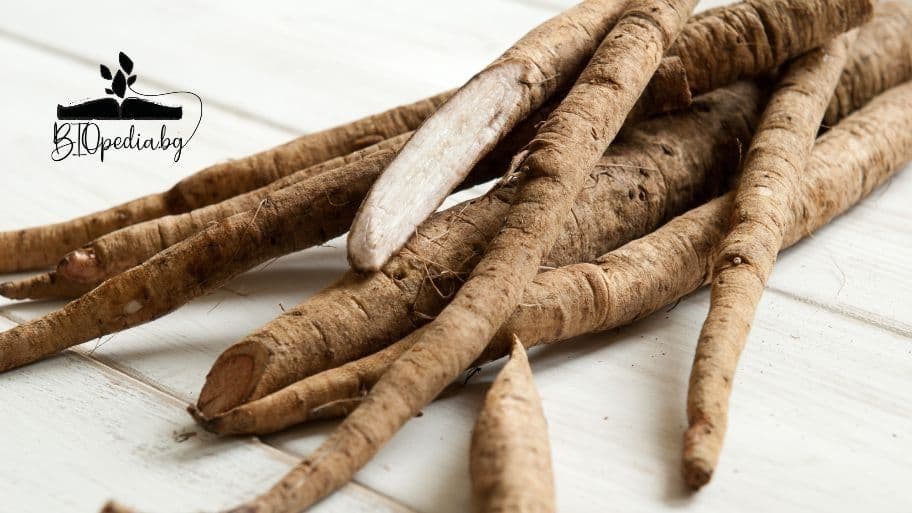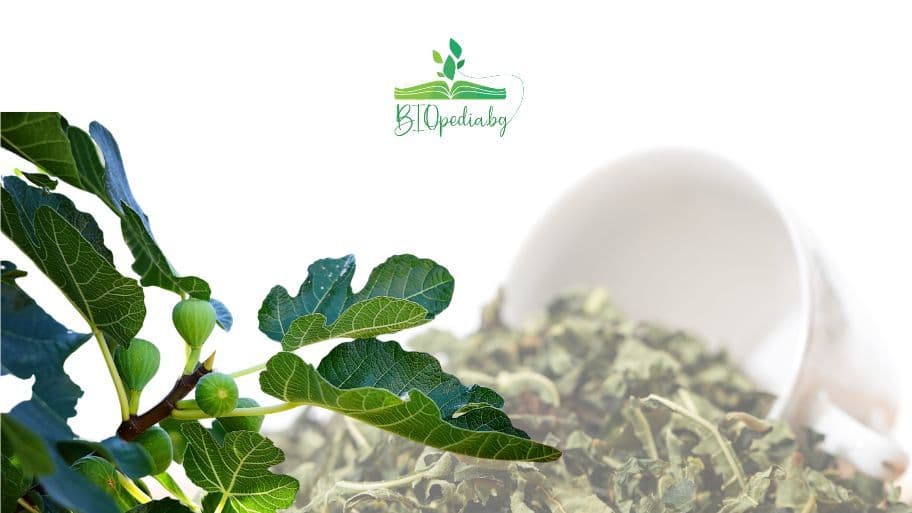Burdock root has been used by homeopaths in folk medicine for centuries. Although you are most likely to find it in Europe and as part of local recipes, the root of the plant is consumed and used for medicinal purposes all over the globe, even in far-flung China, India and Russia.
Although the plant's popularity dates back centuries for its unique and nutrient-rich composition, in recent decades it has been rediscovered by microbiologists and scientists and deeply valued for its dozens of beneficial properties. It is about its useful benefits that we will talk in this article of"mybiopedia.com".
Burdock root belongs to the burdock plant, which is in the same family as sunflowers and daisies. It is believed that the root is the most medicinal and useful part of the plant. Although scientists are still researching and studying this miracle of nature, it has already been proven that burdock root is an extremely rich source of a number of beneficial nutrients, antioxidants and the ingredient inulin, which has been proven to help with skin diseases and conditions, irritations and inflammations, and digestive diseases.
Burdock root - what is it?

Burdock root is the root system of a plant with the Latin name Arctium, which is known as burdock in Bulgaria. Besides being part of alternative medicine and homeopathy, burdock root is also consumed as a vegetable and is part of various cuisines of different countries and nations. Burdock root has a quite distinct and recognisable taste, it is slightly sweet and earthy.
Burdock root - what are the benefits?
Burdock root is used for the treatment, relief and prevention of numerous conditions and diseases. It is extremely popular for its diuretic properties and the fact that it facilitates and aids proper digestion. It is a source of inulin, a type of prebiotic fiber, thanks to which digestive diseases can be treated. Inulin supports the health of the stomach and intestines. In addition, a number of antioxidants and flavanoids can be found in burdock root, which have a really positive effect on human health. Let us discuss some of the main benefits of burdock root:
Reduces chronic inflammation - thanks to its high antioxidant content, the intake of burdock root protects cells from free radicals and thus protects the body from inflammation. Cancer prevention - the flavanoids and polyphenols in burdock root may help to slow the growth of certain types of tumours, as current studies have shown. In addition, burdock root helps to control pain in some cancers, for example breast cancer.

Help with skin conditions - due to the anti-inflammatory and antibacterial components of this plant, it is often used to treat and relieve a number of skin conditions and diseases including psoriasis, eczema, acne. In addition, it is also used in the cosmetic industry as a powerful tool to prevent wrinkles and smooth existing ones
Detoxifying - the active ingredients of burdock root aid blood circulation and thus remove toxins from the blood and out of the body. A natural aphrodisiac - recent research has yielded interesting results. It turns out that burdock root increases potency and libido.
How to take it?
Burdock root can be consumed and taken in many ways. The most popular of these are in tea form, powder form, and oil/oil form. The root of the plant can be consumed, but it can also be used for topical compresses or skin treatments. The root of this plant can basically be found in herbal pharmacies and specialty organic stores. It is possible to find it dried, in capsules, powder or oil. If you find fresh burdock root, it is edible. In fact, the root of the plant is a very popular ingredient of the microbiotic diet, which is a way of eating that promotes the removal of toxins from the body.
Burdock root - dosage
Before taking the root of the plant in any form, consult your personal physician or pharmacist. If they deem that consumption of the plant is suitable for you and would not interfere with or compromise your health, in which case you can switch to a standard dose unless otherwise advised. The standard dose is one to two grams three times daily if you are taking the supplement in powder form. If you want to consume the root in tea form, you need to use one to two tablespoons of the plant per cup of water and simply brew them. If you are taking a tincture, two to three milliliters up to three times a day is usually recommended.

What to watch out for?
Burdock root is completely safe to consume and take in any form. If you choose to take or consume it, make sure you buy a quality product only from specialty stores or herbal pharmacies. Do not collect burdock root on your own from nature. The plant is from the belladonna family and visually resembles it, and it is extremely poisonous. Since burdock root is a natural diuretic, do not take it if you are dehydrated. People allergic to daisies are also at risk of allergy to burdock. Pregnant women and those planning a pregnancy are not recommended to take supplements with the plant or burdock root.





Comments